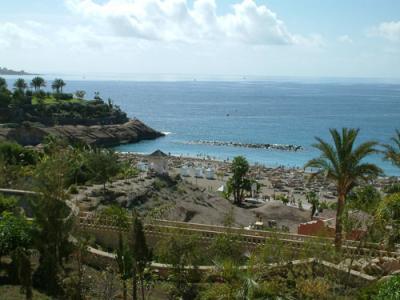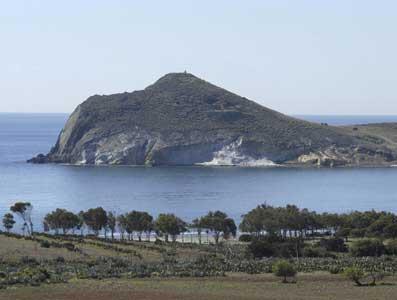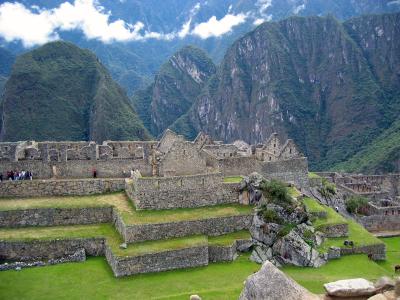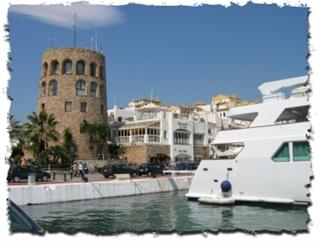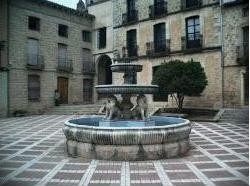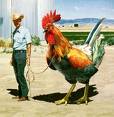Lahiguera
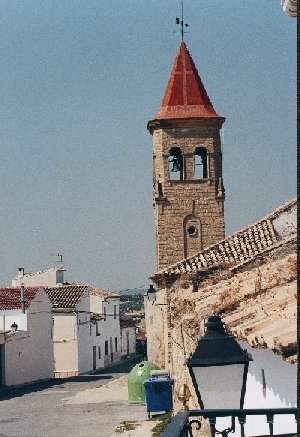
I'm going to talk about a small village of Jaén called Lahiguera. It is placed in the country, approximately thirty km away to the north of the capital, Jaen; twelve km away from Andujar or Villanueva de la Reina; and six km away from Arjona. This village has an average altitude of 200 metres on the level of the sea. The climate can still be very hot in July and August and it can be colder (minimum of around 13 °C) between December and February. Economic activities mainly revolve around the olive growing, the olive oil production industry and kitchen furniture. It is a profoundly agricultural village with 100% of its territory used as farm land, with olive trees taking up to 80% and herbaceous crops the remaining 20% of the land, mainly located on the banks of the Salado de Arjona.
With regard to gastronomy, the typical dishes are fried breadcrumbs with sausage, a very rich vegetable so-called "cardillos", gazpacho and "salmorejo". The sweets made here come from old times. The most famous ones are the ring-shaped rolls of white coating, a cake of chocolate called blanket and the ring-shaped rolls of wine.
The festivities in honour of saint Juan Bautista, are the most important ones in my village. They are developed among the 24th and 26th of June. During these days many sports, cultural and playful activities are organised, and night festivals. Other festivities are in honour of saint Clara, and take place on the days just before and after the 11th of August, which is her actual festival. The people are very friendly with everybody, that is the reason why I like being there. My parents and my grandparents are from Lahiguera, that's why I very often go there. My grandparents tell me stories about this magnificent village and the truth is that I love listening to them. When I walk along its narrow streets to see the white frontages of the houses and walking around its parks reminds me very much of my childhood, since my grandparents usually walked with me after eating, to contemplate the beautiful scenery that it is possible to see from the Atalaya, name that receives the highest place of the village. To finish this essay, I would like to say something curious about Lahiguera. It maintains a peculiar tradition during Holy Week, known with the name of the "carrera de los santos", which takes place on Easter Sunday, when the Virgen de los Dolores and san Juan Bautista meet Jesús de Nazareno.The biers are carried by young people "racing round" to make the holy images come together quicker. On Easter Sunday, the pallbearers repeat the race, but now with the holy image of Cristo Resucitado, sat on his biers with his hands on his shoulders. |

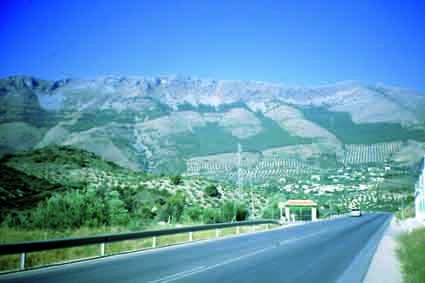
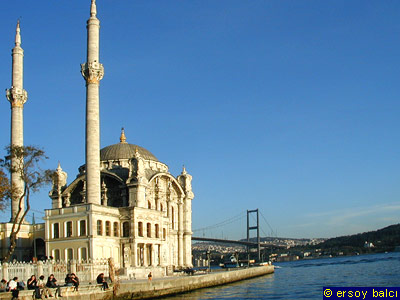
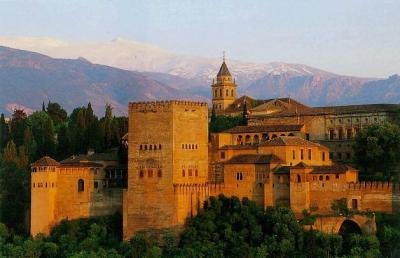
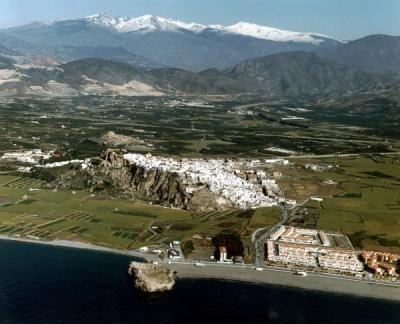
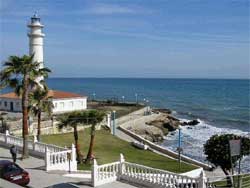
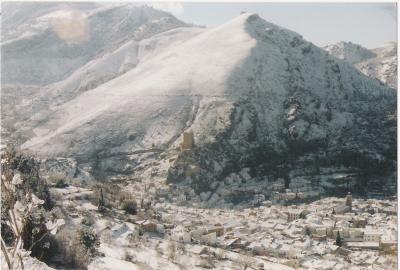

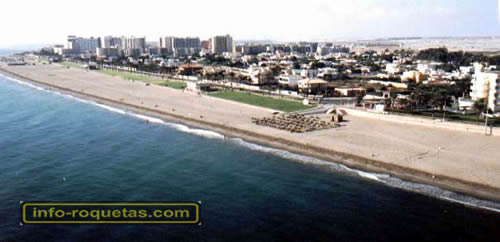
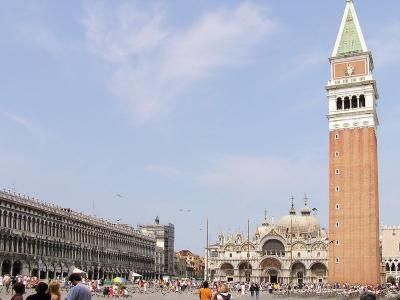
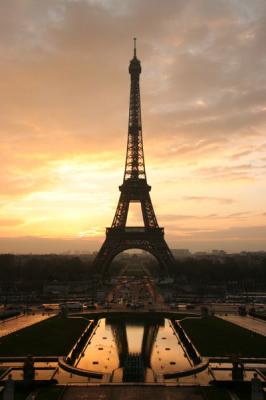
 Scotland is a nation in northwest Europe and one of the four countries of the United Kingdom. Edinburgh is the capital and second largest city . It has got a population of 629,501 inhabitants. Scotland's largest city is Glasgow. Scotland comprises the northern third of the island of Great Britain. The total land mass is 78,772 km². Scotland's land border is with England, and there are 96 kilometres between the River Tweed on the east coast and the Solway Firth in the west. The Atlantic Ocean borders the west coast and the North Sea is to the east. The Ireland island lies only 30 kilometres from the south western. The climate of Scotland is temperate and oceanic. The population of Scotland in 2001 was 5,062,011 inhabitants. In July 2005 this has risen to 5,094,800 inhabitants. Scotland has three primary languages
Scotland is a nation in northwest Europe and one of the four countries of the United Kingdom. Edinburgh is the capital and second largest city . It has got a population of 629,501 inhabitants. Scotland's largest city is Glasgow. Scotland comprises the northern third of the island of Great Britain. The total land mass is 78,772 km². Scotland's land border is with England, and there are 96 kilometres between the River Tweed on the east coast and the Solway Firth in the west. The Atlantic Ocean borders the west coast and the North Sea is to the east. The Ireland island lies only 30 kilometres from the south western. The climate of Scotland is temperate and oceanic. The population of Scotland in 2001 was 5,062,011 inhabitants. In July 2005 this has risen to 5,094,800 inhabitants. Scotland has three primary languages 